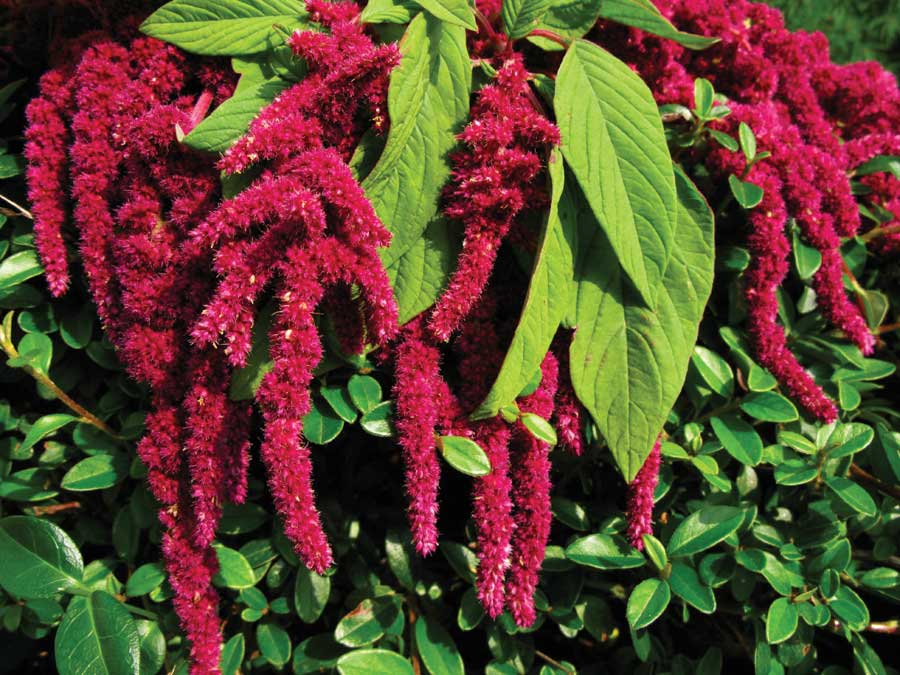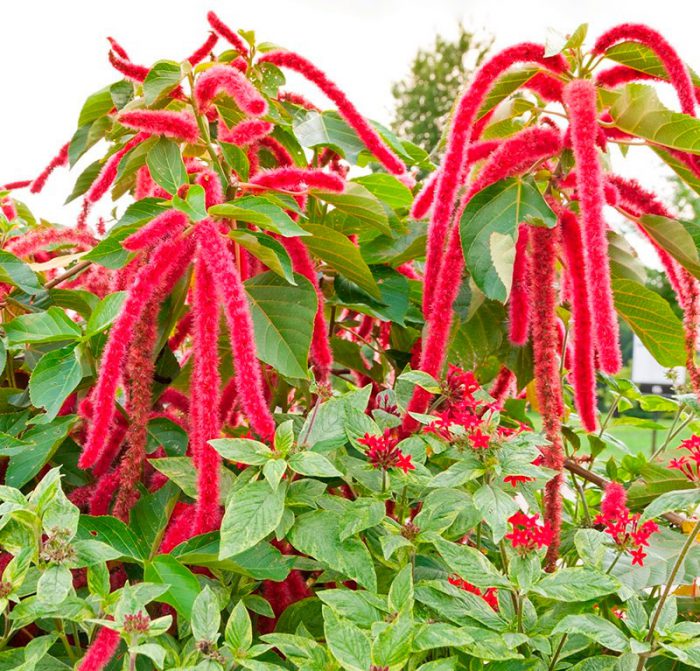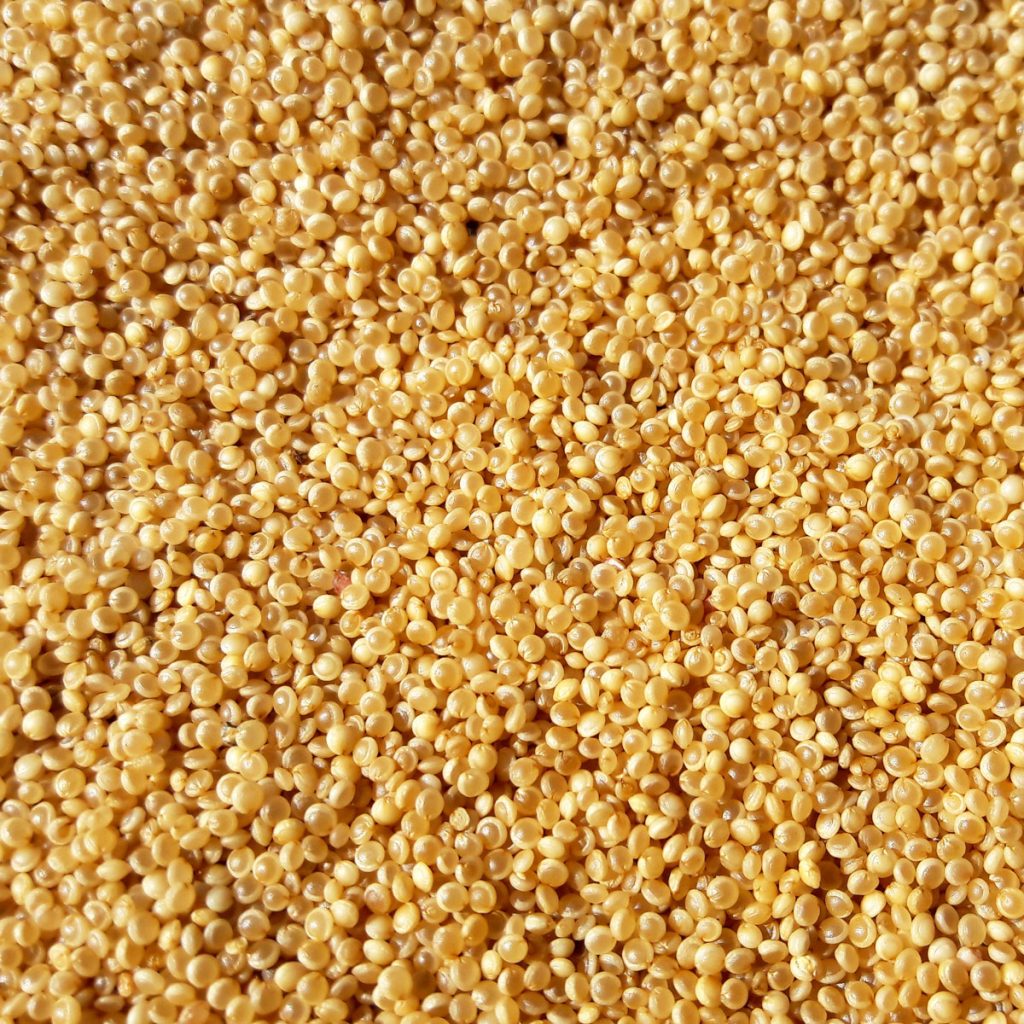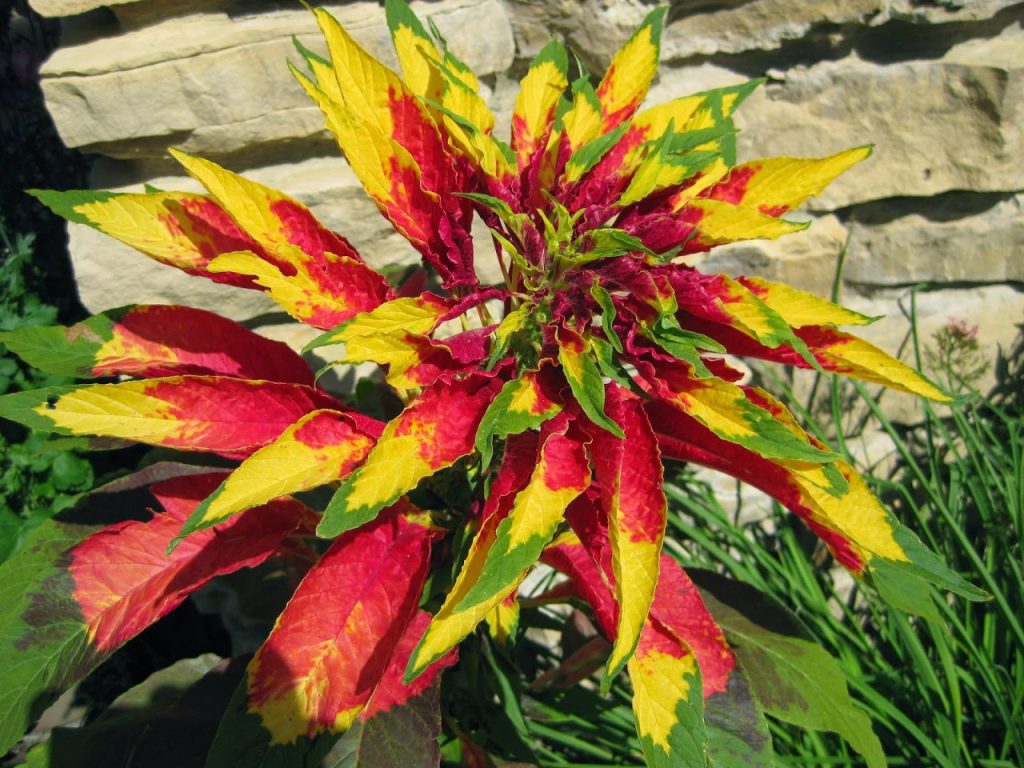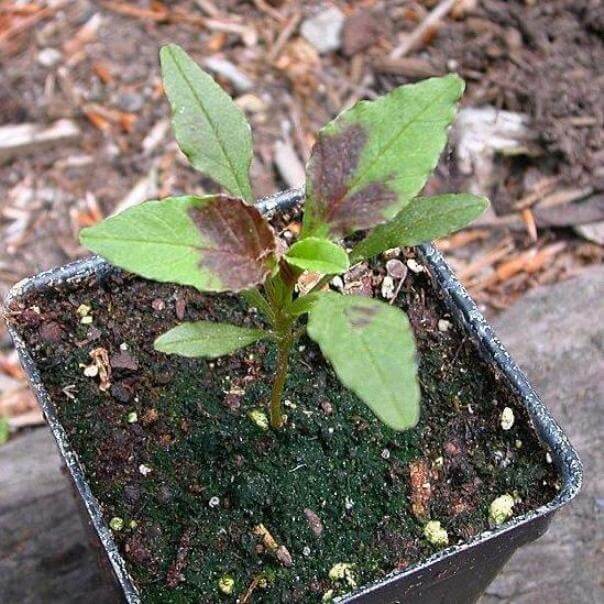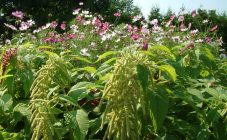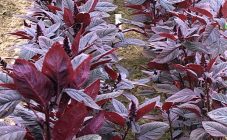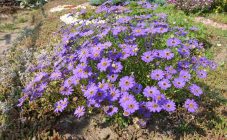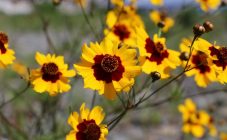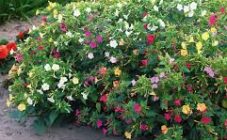Content:
In central Russia, amaranth is grown as an ornamental plant, decorating flower beds in gardens and parks. But at home, in Asian countries, some of its varieties have agricultural purposes, for example, paniculate and tailed amaranth. Certain species are generally considered weeds. Nevertheless, the flower has its fans who grow amaranth in their garden. Anyone who is not yet familiar with this plant will be interested to get to know him better.
Description, origin, useful properties of culture
Amaranth (Amaranthus) is a plant of the Amaranth family. In the wild, it is found on the American continent, in the countries of East Asia, China, and India. Amaranth can be grown as an annual or perennial plant.
According to historical information, the flower was cultivated by the ancient Aztecs and Incas about 8 thousand years ago, using it for food along with corn and beans. The plant got to Europe after the colonization of America. Having procured amaranth, the flower was first planted in flower beds, and later began to be used for livestock feed and as a grain, vegetable crop in many countries. Translated from Greek, the name of the plant sounds like "unfading flower".
Today, the grains of this plant are widely used in the food industry around the world. It is used in the production of baked goods, baby food, breakfast cereals, and more. Porridge is cooked from amaranth cereals. Vegetable varieties are used to prepare salads and soups. They are added to meat and fish dishes, sauces, casseroles. Amaranth greens can be dried, frozen and even pickled.
Due to the high content of vitamins and biologically active substances, the plant is able to reduce the risk of heart disease, urinary system, diabetes mellitus, and digestive tract organs. Its use in food strengthens the immune system and prevents vitamin deficiency, inflammatory processes, obesity.
Amaranth characteristics
Representatives of this culture differ greatly in their characteristics. Summarizing, you can describe the external signs of amaranth as follows:
- The rhizome is powerful, pivotal, going deep into the soil.
- Depending on the variety, the flower has simple or branched stems with alternately arranged leaves, which can be diamond-shaped, ovoid or lanceolate.
- The top of the leaf plate is pointed and has a recess. The base of the leaves smoothly turns into a petiole.
- The color of the leaves is purple, green or purple, it can be tricolor.
- Flowers are axillary, sessile, grow in bunches or are collected in spike-shaped inflorescences. The petals can be red, golden, purple, or green.
- The garden flower amaranth has a fruit - a box with a lot of small seeds.
- The height of different plant species varies from 30 cm to 3 m.
Not everyone knows about amaranth, it is a perennial or an annual. In the middle latitudes, the flower is grown as an annual crop, since it does not have sufficient frost resistance. The plant blooms beautifully in the flowerbed until late autumn.
Popular species and varieties
More than 100 plant species belong to the amaranth genus.Some of them are used purely for decorative purposes, others are used by humans for food. Below is a list of the most common varieties and varieties.
Amaranth tricolor
Annual from 0.7 to 1.5 m in height. Stem weakly branched, straight. The plant has the shape of a pyramid of elongated leaves with a narrowed tip. The color of the foliage is a combination of green, yellow, and crimson. When this amaranth blooms, large yellow-red inflorescences appear on it. The peak of flowering occurs in June. Popular varieties of this species are Ivolistny amaranth with bronze-green leaves and Illumination amaranth with bright, variegated shoots. Amaranth also looks luxurious. Red garnet with deep, dark red foliage.
Amaranth tailed
A weakly branching plant that grows up to 1.5 m in height. Large leaves are ovoid and green or purple-green in color. The inflorescences are dangling racemes collected from raspberry flowers. Bloom lasts from June to October. Popular representatives of the species are Albiflorus with white inflorescences, Grunschwants with greenish tassels and Rothschwants with crimson flowers.
Amaranth vegetable
This amaranth flower builds up a large amount of green mass that has beneficial properties. Its leaves, grains and young shoots are eaten. From the moment of sowing to maturity, 70-120 days pass. Famous varieties are considered early ripening Krepysh, Opopeo with bronze-green leaves used for salads, dwarf White Leaf, which can be grown indoors.
Amaranth Cherry Velvet
Together with the inflorescences, the height of the bush reaches 40 cm. The crown is dense. The color of paniculate inflorescences is exotic, deep purple. The plant is used to decorate flower beds and make dry winter bouquets. For full development, this variety needs a constant temperature in the range of 20-24 ° C. The plant is suitable for growing in full sun.
Planting and leaving
Amaranth is an unpretentious plant and caring for it is not particularly difficult. Wet, drained soils are ideal. This flower is thermophilic, but it tolerates short-term frosts. Perfectly adapts to the terrain, can be grown as a green manure.
Sowing the culture is carried out by seeds, after the soil warms up to 10-12 ° C. If you want to get an earlier flowering and green mass for salads, it is recommended to grow amaranth in a seedling way, sowing seeds in containers a month before planting in open ground (around the end of April).
The seeding depth is 1-1.5 cm. Seedlings appear in a week. The plant requires special care in the first month of growing. He needs regular watering, loosening, weeding and feeding. In the future, amaranth is watered as much in a severe drought.
Diseases and pests
The plant is resistant to diseases and pests, but at a young age it can be affected by aphids and weevils. It is recommended to destroy insects with fufanon and actellik. In order to protect young seedlings from pests, at the initial stage they can be grown under cover. Fungal diseases develop with an excess of moisture. If there are signs in the form of spots on the leaves, amaranth should be sprayed with fungicides based on copper or colloidal sulfur.
Amaranth has many advantages. At any summer cottage, you can create conditions for its cultivation and enjoy the beauty of this plant and its beneficial properties.
